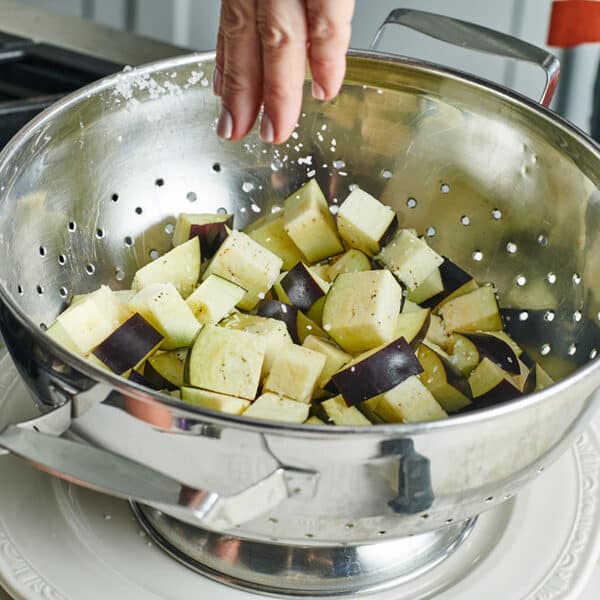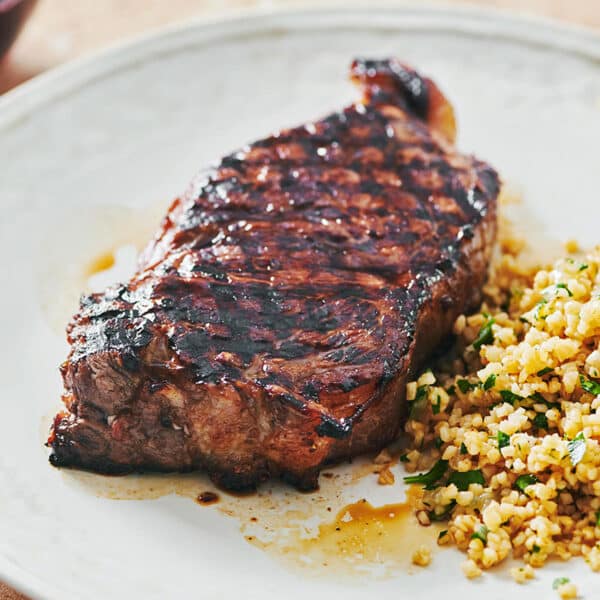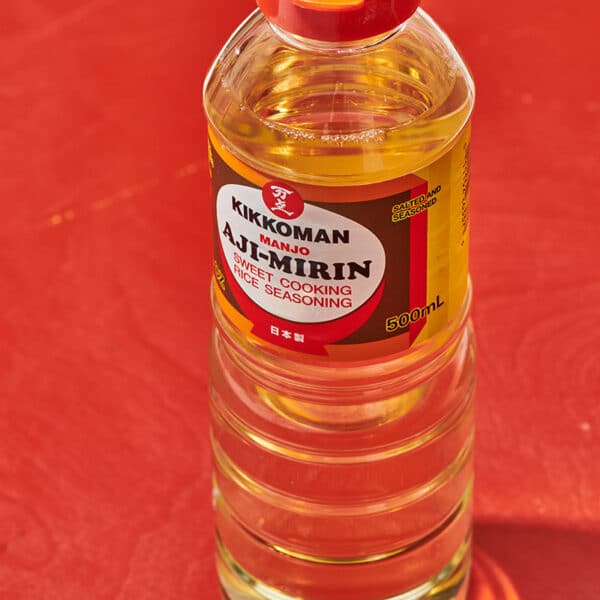How to Substitute Baking Soda and Baking Powder
on Oct 06, 2021, Updated Oct 14, 2024
This post may contain affiliate links. Please read our disclosure policy.
What to do when you're ready to bake but don't have the right leavener! Baking soda and baking powder can often be substituted for each other.
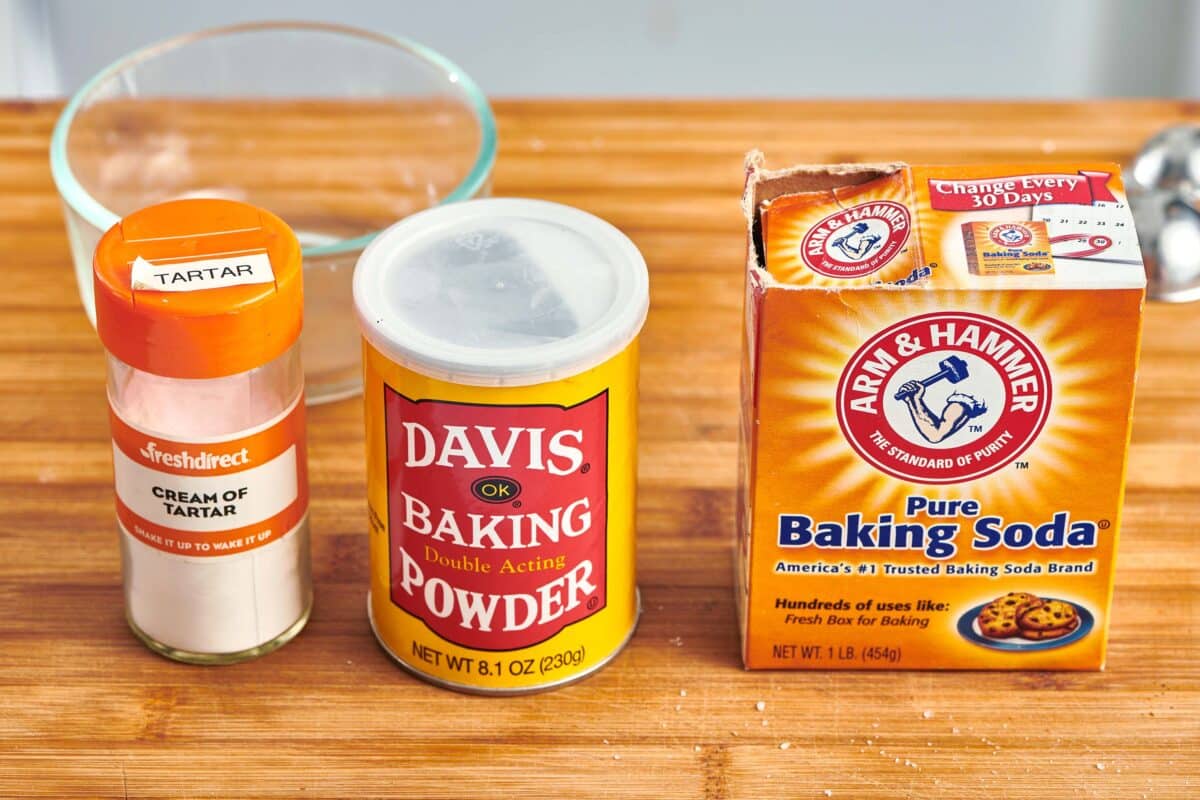
It happens to the best of us — we think we have the right leavener on hand, and it turns out we have baking soda when we actually need baking powder or baking powder when a recipe calls for baking soda. But you can usually substitute baking powder for baking soda, and cryou can substitute baking soda for baking powder with a few modifications. And save yourself a trip to the grocery store!
What's In This Post?
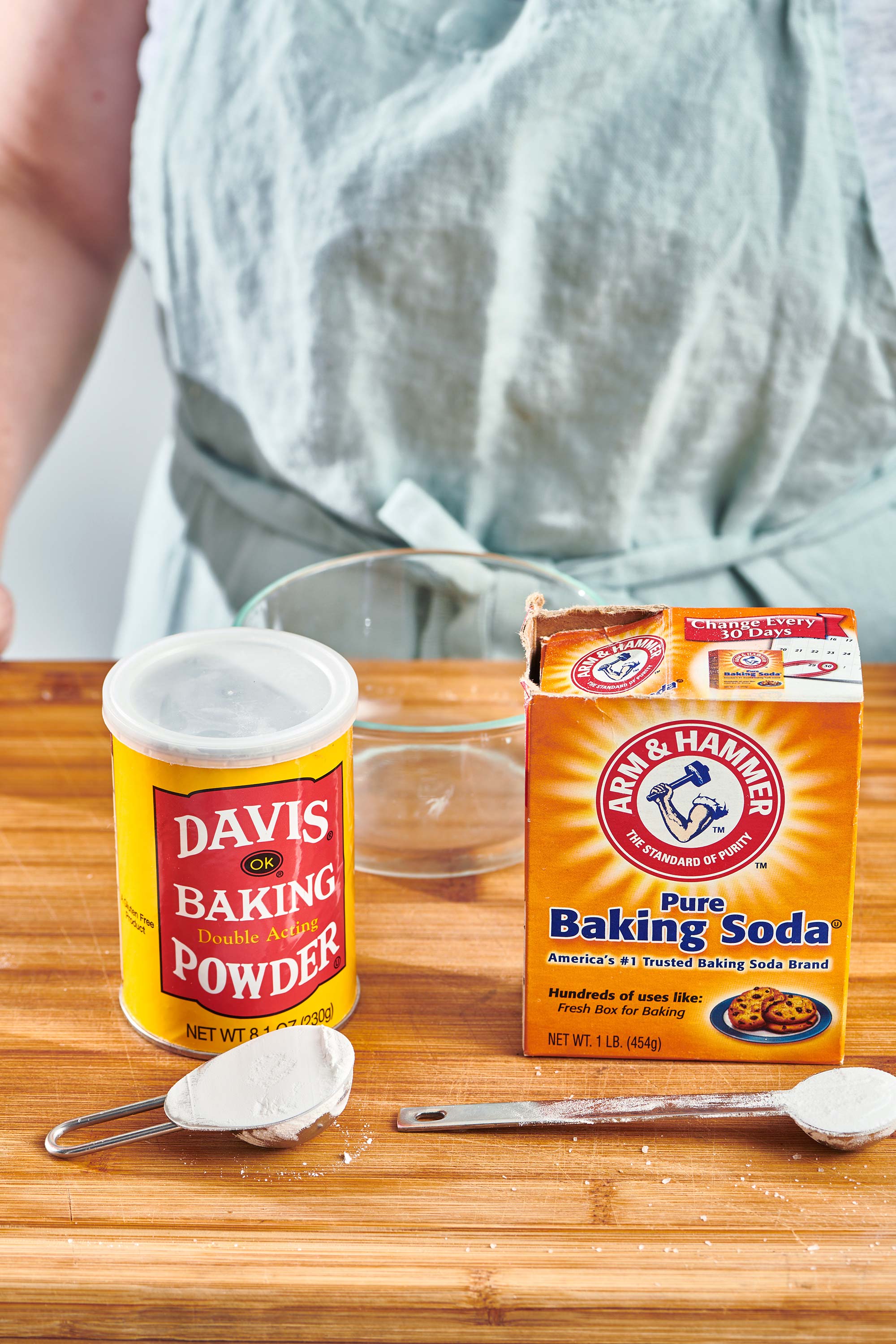
How to Substitute Baking Soda and Baking Powder: What to do when you’re ready to bake but don’t have the right leavener!
By signing up, you agree to our Privacy Policy.
What Is a Leavener?
You may notice that bakers use the words leavener and leavening agent often. Essentially, these are the organic and chemical substances that give baked goods their structure, creating the “porous structure” that turns a dough or batter into delicious breads, cookies, bars, cakes, and muffins (via Brittanica).
Leavening agents are responsible for making baked goods “rise” into fluffy, chewy, utterly perfect creations. Not enough leavening will prevent baked goods from rising as much as they should, and yet too much leavening could cause baked goods to fall. In either case, you won’t get the light results you’re looking for. Always use the exact amount stated in the ingredient list or the appropriate substitute.
Yeast is the most common organic leavener for traditional bread. Baking soda and baking powder are often used in quick breads, cookies, cakes, and other baked goods that don’t require time to “rise” before baking. With baking soda or powder recipes, you just mix and bake!
If you want to dive into the geeky world of how this all works, the book Understanding Baking: The Art and Science of Baking by Joseph Amendola and Nicole Rees is essential!
What Is Baking Soda?
The white powdered product we all know as baking soda is actually sodium bicarbonate, a base alkaline, fast-acting leavener used in baking. A base plus an acid produces bubbles. When it comes into contact with moisture and acidic ingredients like chocolate, cocoa, molasses, citrus juice, brown sugar (which has molasses in it), buttermilk, or yogurt, it produces carbon dioxide bubbles, which cause the various baked goods to rise.
This action begins as soon as the baking soda hits any wet ingredient. That’s why it is usually mixed with other dry ingredients before being blended with any wet ingredients. (It’s also why you want to work quickly and not let your batter sit around once the dry and wet elements are combined…get them in the pan and oven ASAP!)
If there is no acidic ingredient in your recipe, baking soda may cause the food to taste metallic. Baking soda is about 3 times stronger than baking powder.
What Is Baking Powder?
Baking powder is actually baking soda with some other ingredients added, like cream of tartar and maybe cornstarch. It isn’t as strong as baking soda; it only has about 1/3 of the leavening power.
If there is no acid at all in your baked good, and you want to use baking soda instead of baking powder, then you can add 2 teaspoons of white wine vinegar or lemon juice to your recipe. With no acid added, you need to stick with baking powder.
What Does Double-Acting Baking Powder Mean?
It means that the baking powder is first activated when it hits moisture and is then activated a second time when it goes into the heat of the oven. Most baking powder on the market is double-acting and will say so on the label.
FAQs
Baking soda has a decent shelf life. An unopened box will keep well for almost 2 years (check the best-by date), while an open box should be used within 6 months. After that, it may still work, just not as well, in baked goods. And, don’t use the baking soda you use to deodorize your fridge; it will pick up odors that simply don’t taste great in cookies and bread!
Baking powder should be used within 6 months after you open the container. An unopened container could be stored for about a year and a half. Like baking soda, baking powder that sits around for too long will lose its potency and result in less-than-stellar baked goods. It’s best to buy the smallest amount possible for your baking needs and write a date on the container to remind you when to replace it.
Baking soda is sodium bicarbonate and requires an acid, a liquid, and heat to become activated and help baked goods rise. It is used in recipes that have acidity in them. Acidic ingredients might be lemon or another citrus juice, chocolate, buttermilk, sour cream, yogurt, molasses, maple syrup, or honey.
Baking powder includes baking soda and also an acidic ingredient like cream of tartar. It only needs liquid and heat to become activated. It is used primarily in recipes with no acidic ingredients, as the acid is already present in the leavener.
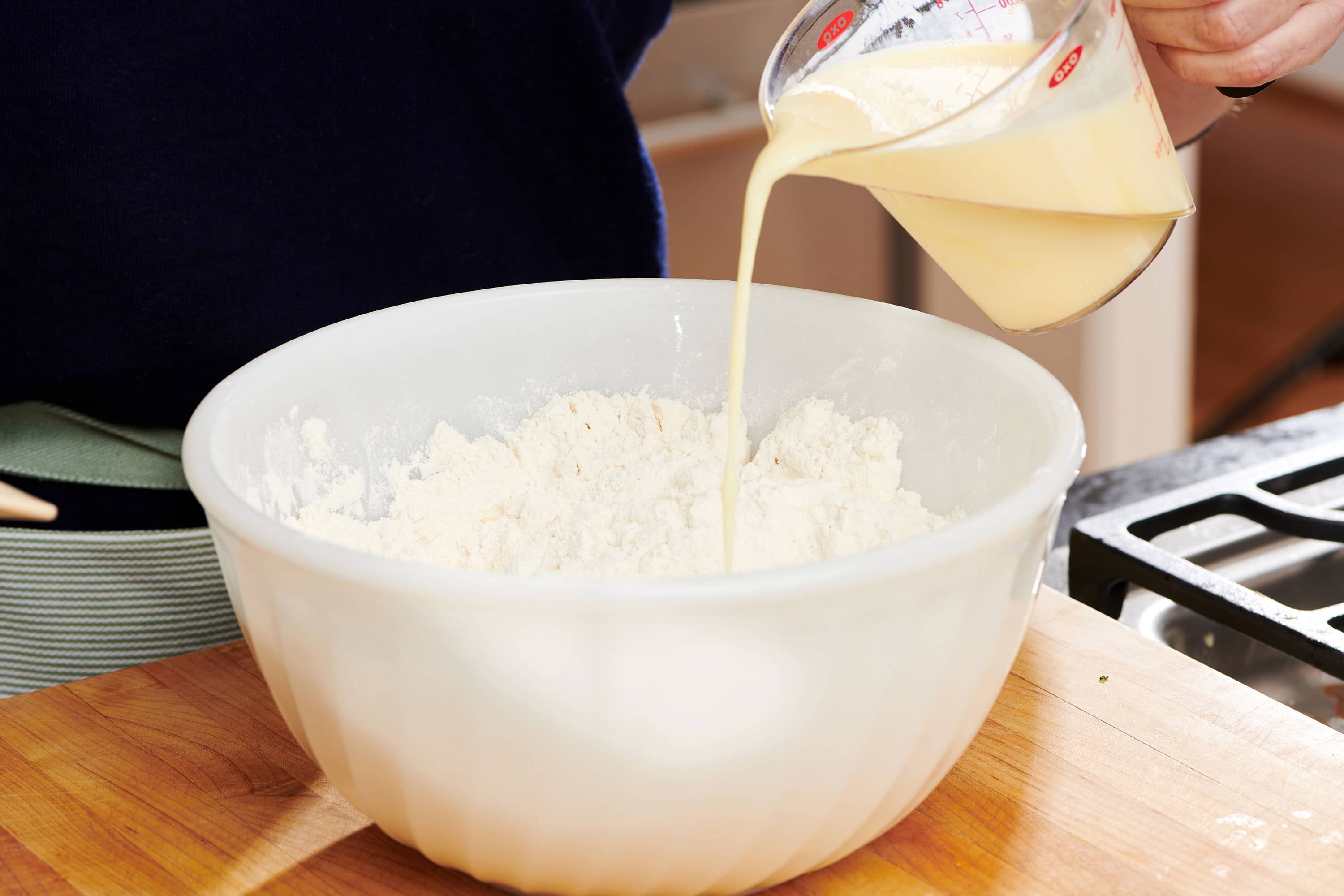
How to Turn Baking Soda into Baking Powder
You can substitute baking soda as an alternative to baking powder. Just use:
- 1/3 teaspoon baking soda for every 1 teaspoon baking powder
- 2/3 teaspoon baking soda for 2 teaspoons baking powder
- 1 teaspoon baking soda for 1 tablespoon baking powder
If you have cream of tartar, that’s even better! Add cream of tartar in double the amount of the baking soda when subbing it for baking powder, so:
- 1/3 teaspoon baking soda plus 2/3 teaspoon cream of tartar for every 1 teaspoon baking powder
- 2/3 teaspoon baking soda plus 1 1/3 teaspoon cream of tartar for 2 teaspoons baking powder
- 1 teaspoon baking soda plus 2 teaspoons cream of tartar for 1 tablespoon baking powder
Recipes With Baking Soda
- Snickerdoodles
- My New Favorite Oatmeal Cookies
- Mexican Hot Chocolate Cookies
- Mini Banana Bread Loaves
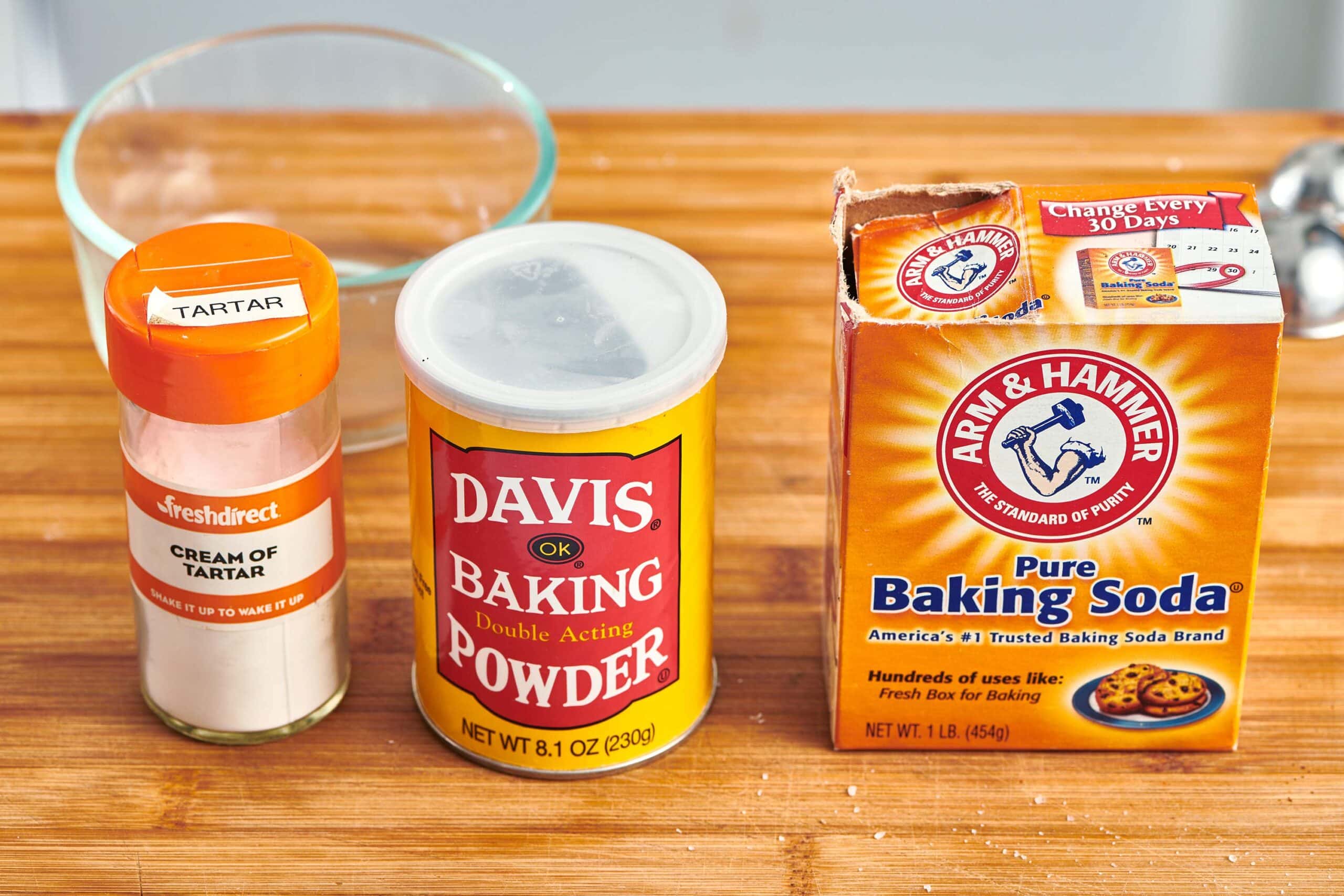
How to Substitute Baking Powder for Baking Soda
Using baking powder as an alternative to baking soda is trickier. That’s because you need to use 3 times as much baking powder to get the same rising effect. And with too much leavening, you could end up with a bitter, chemical taste in your baked goods.
- If you need 1 teaspoon of baking soda, then go for 1 tablespoon baking powder.
- If the recipe calls for more than 1 teaspoon of baking soda, you may want to wait for another time.
Recipes With Baking Powder
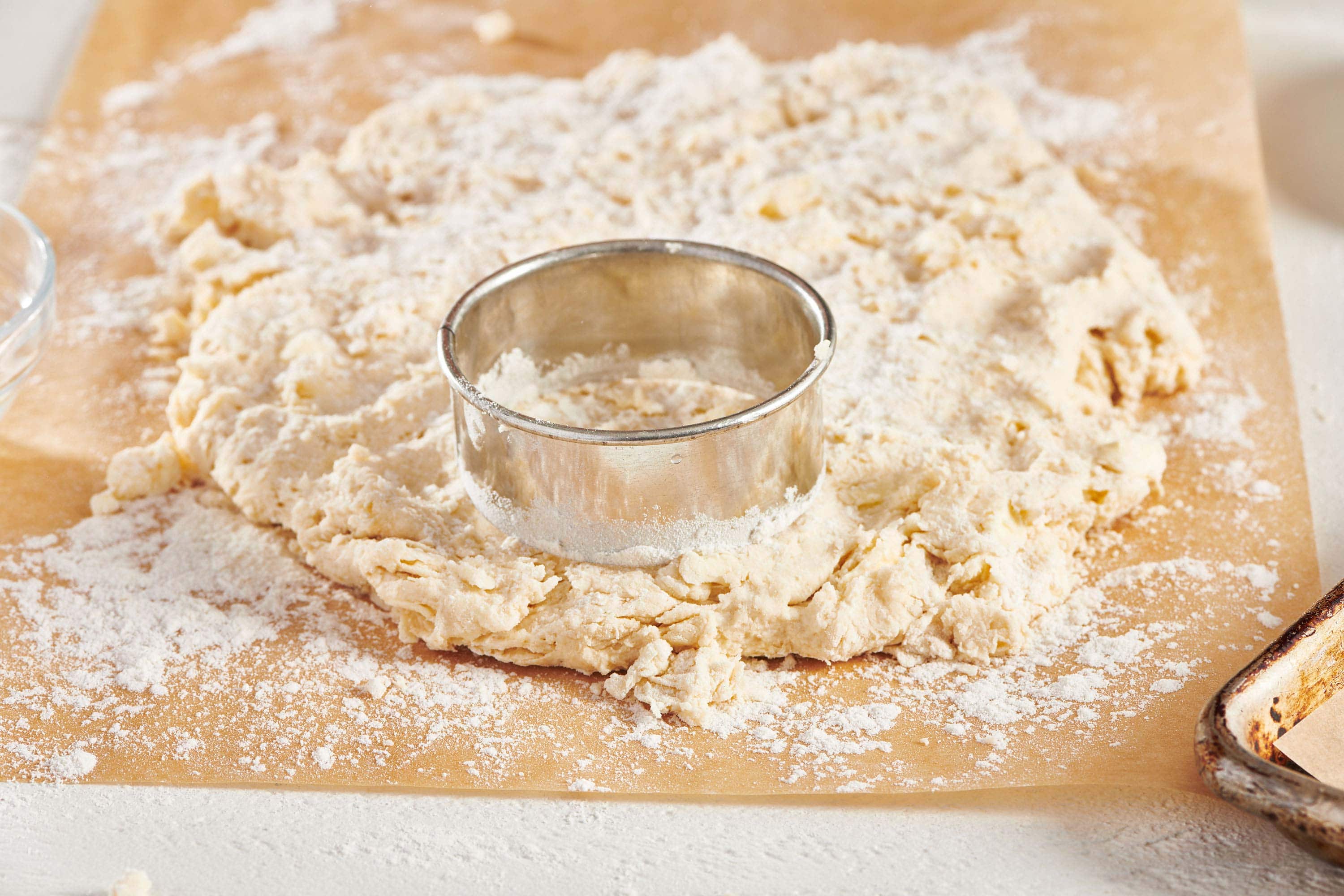
Making Old-Fashioned Buttermilk Biscuits
Also see How to Make Self-Rising Flour!
Pin this now to find it later
Pin It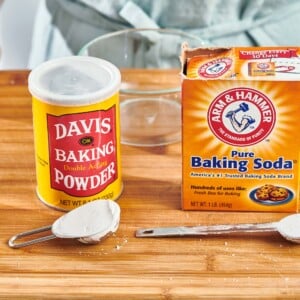
Baking Powder Substitute
Ingredients
- ⅓ teaspoon baking soda
- ⅔ teaspoon cream of tartar (optional)
Instructions
Easiest Baking Powder Substitute:
- Use 1/3 teaspoon of baking soda for every 1 teaspoon of baking powder called for in the recipe.
Baking Powder Substitute With Cream of Tartar:
- To make 1 teaspoon of baking powder substitute, add 1/3 teaspoon of baking soda and 2/3 teaspoon of cream of tartar in a small bowl. Mix until thoroughly combined.
Notes
- For 2 teaspoons baking powder: 1/3 teaspoon baking soda plus 1 1/3 teaspoon cream of tartar
- For 1 tablespoon baking powder: 1 teaspoon baking soda plus 2 teaspoons cream of tartar
- If you need 1 teaspoon of baking soda, then go for 1 tablespoon baking powder.
- If the recipe calls for more than 1 teaspoon baking soda, you may want to wait for another time.
